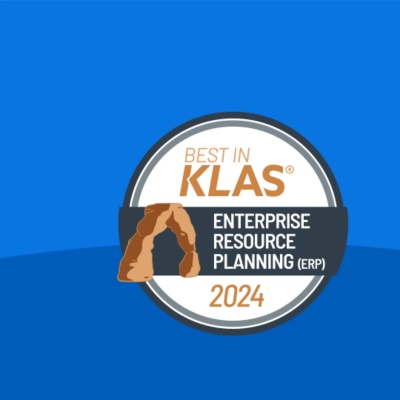At Workday, we’re committed to creating a sustainable future, together. While we’re proud of the work we’ve done so far to mitigate our environmental impacts by achieving net-zero carbon emissions and 100% renewable electricity in 2020, we know we still have more work to do to protect the planet and its people. As we move into 2021, I’m reflecting on what we’ve collectively experienced as a global society.
Looking at the COVID-19 pandemic through a sustainability lens, I think it gives our world a small window into what the peak of the climate crisis could look like if we don’t collectively take action against climate change. Living through COVID-19, this past year has only magnified the already existing inequalities faced by many in our world and exacerbated these widening gaps in our global society. Millions of people face one or more of these situations: the loss of a job due to the pandemic, lack of access to adequate healthcare, living conditions that make it difficult to protect themselves against the virus, and underlying medical conditions. All told, this demonstrates how the pandemic continues to have a disproportionate impact on low-income households and communities of color. The looming climate crisis is positioned to have an even greater impact on vulnerable communities—which I dive into a bit more later in this article—with only a small window of time left until irreversible damage is done. Unless we collectively take action.
We’re big believers in the notion that organizations like Workday not only have the ability and resources to impact positive change; it’s also the right thing to do. That’s why I’m humbled to share our next generation of ambitious sustainability commitments.
Committing to a 1.5 Degrees Celsius Science-Based Target
Workday has committed to set science-based emissions reduction targets—across the entire value chain—that are consistent with keeping global warming to 1.5 degrees Celsius (1.5℃), above pre-industrial levels. According to scientists, the next decade will be more critical than ever to dramatically reduce carbon emissions to help flatten the climate curve to limit the worst impacts of climate change. By pledging to support the Science Based Targets initiative (SBTi), we’re aligning Workday’s sustainability journey to the transition to a zero carbon future.
Why 1.5℃? We’re on the brink of irreversible climate change, which not only impacts our natural world, but our global economy and society—including every single person who lives on this planet. In order to truly achieve a net-zero future by 2050, collectively, we must keep global warming to 1.5℃ above pre-industrial levels.
Our reduction targets will not only include our direct operations but also our entire value chain. This builds on our work to date engaging with our data center providers, as well as our collaborative efforts with the Renewable Energy Buyers Alliance Future of Internet Power, to source renewable electricity and reduce emissions across the data center industry.
We know that pledging to keep global warming to 1.5℃ is certainly the most ambitious of science-based targets to take on. But, we deeply believe this lofty (yet achievable) commitment is the type of action companies need to take to truly positively impact our environment.






